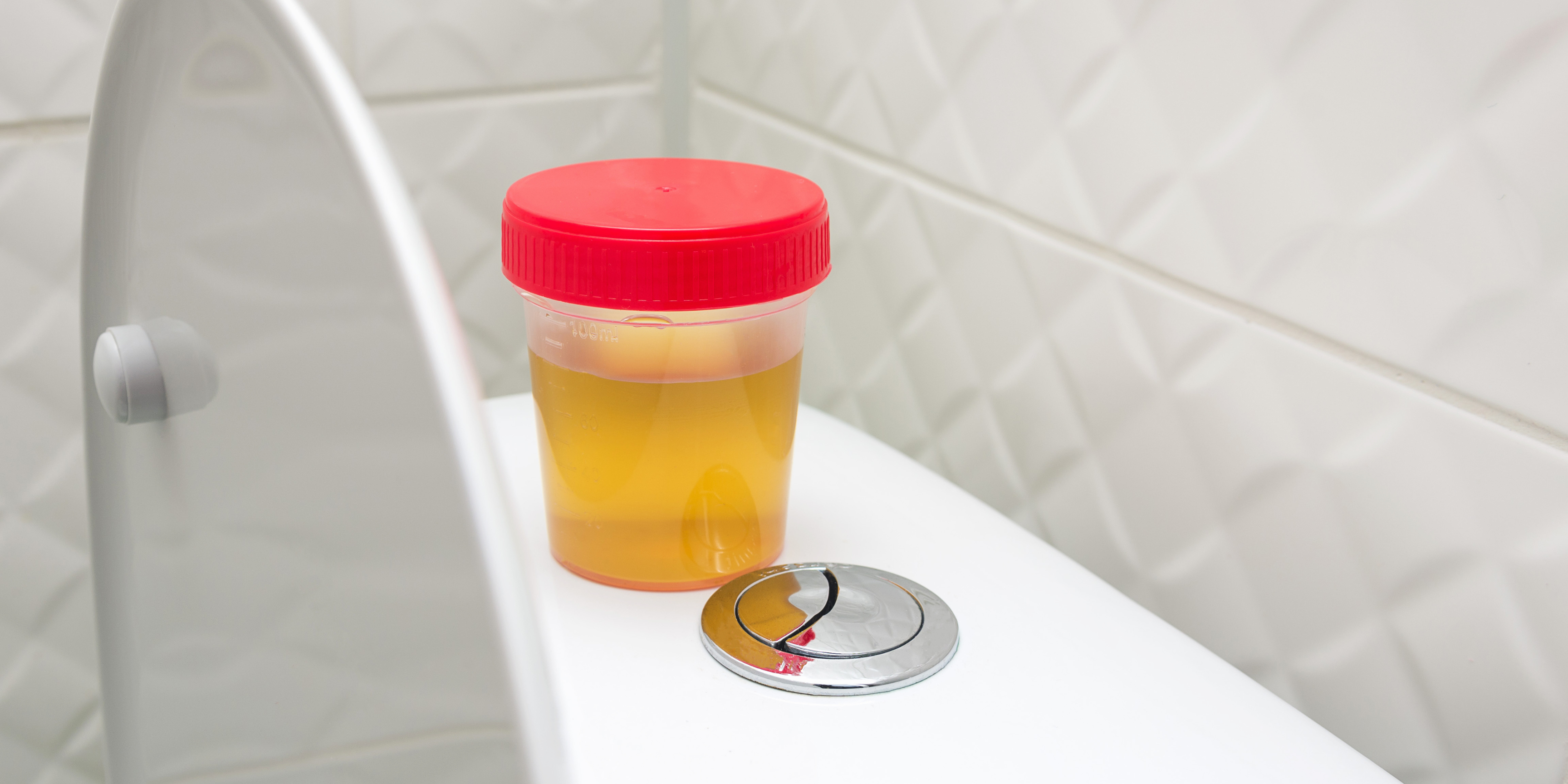Bladder health is something we don’t often think about until there’s an issue.
Unfortunately, whether it is reading a magazine, scrolling through our news feed, or talking with friends, there are many misconceptions around bladder health. As a physiotherapist working in pelvic health, I regularly help my patients clear up some of these common myths.
Here are 3 common myths about bladder health:
The clearer the urine the better.
I often see an overconsumption of water with my patients. Given that most young women are owners of the Stanley water bottle and that water intake has been pushed so much in the past 10 years, it is no surprise that some are over hydrating.
Here are 3 things to look for:
1. Are you feeling thirsty? Most often, our body has a mechanism to increase thirst when there is a reduction in body fluid, trust that sensation.
2. Activity, body size, and level of sweating, impact your water needs. So while eight glasses is a good average, it is not always the appropriate quantity.
3. Your urine colour gives you information about your level of hydration. While some medications can change the colour of urine, generally a light hint of yellow is a good indication of a well hydrated body, it doesn’t need to be 100% clear.
Two to three pushes to get it all out
The process of urination is a passive one. This means that when you completely relax your body and especially your pelvic floor muscles, the bladder will naturally contract to empty urine without the need to strain or bear down.
Needing to push at any point during voiding of the bladder can be indicative of a dysfunction or concern that may prompt medical investigation.
Sometimes the desire to push all the urine out comes from how we are spoken to when we are potty trained or if we find we are hovering or standing to pee. During its empty state, the bladder likes to retain as small quantity of fluid, therefore it is normal for a small amount of urine to remain retained.
It is normal to have a sudden strong urge to urinate.
The bladder operates through a set of complex neurological processes. When these processes are working in an optimal fashion, there is early signalling of semi-fullness with a gradual increase in the intensity of urge to let us know we are reaching our fullness capacity.
When there is a habitual pattern of going to the bathroom “just in case”, changes occur in the messaging between the brain and the bladder which can result in urgency and even leakage associated with strong urges. Speaking to a pelvic physiotherapist can be appropriate if this applies to you.
It is common to have increased urge and frequent urination during pregnancy as the bladder is being compressed by the growing uterus. Be aware that urgency is a common symptom of irritation to the lining of the bladder and infection. New onset urgency should be discussed with your health care provider.
This information is intended as general information and not as medical advice. Speak to your medical/ healthcare team if you have concerns regarding your bladder function. If you’d like to learn more about maintaining healthy bladder habits, don’t hesitate to reach out. We’re here to help!
Learn more about Acacia’s Pelvic Health and physiotherapy services.




